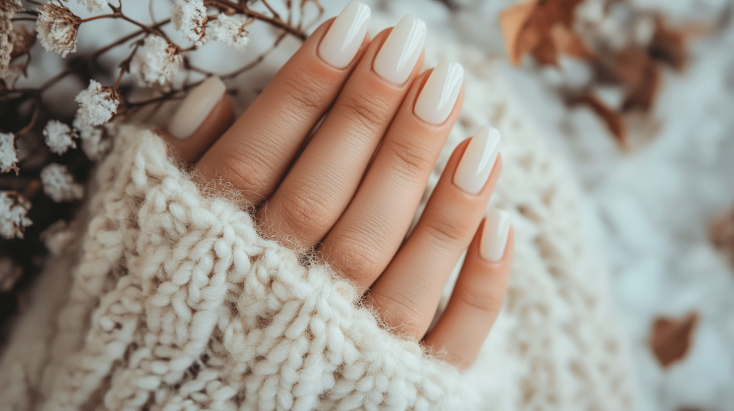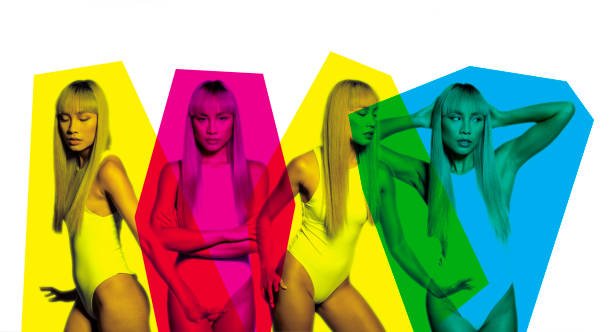How to Braid Hair with Layers: A How-To Guide
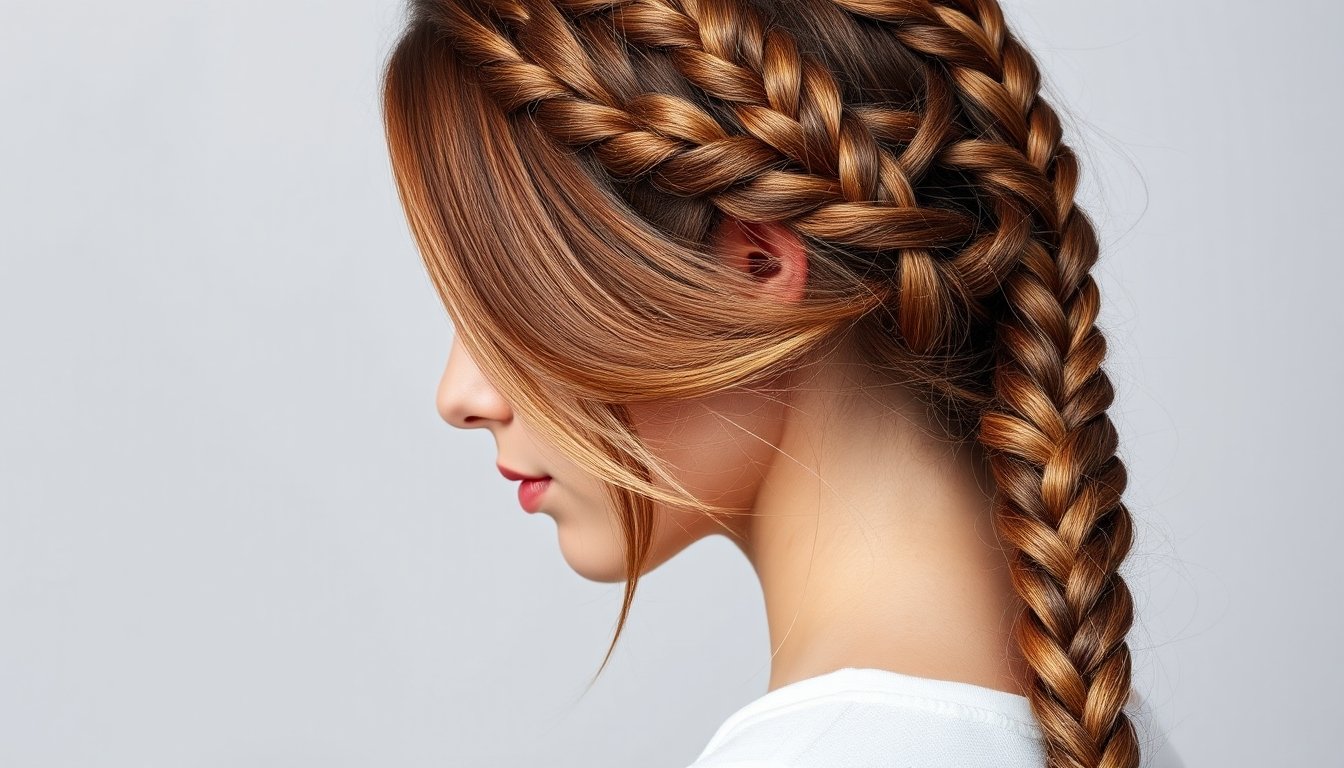
Braiding hair might seem straightforward until you encounter layers. Suddenly, stray ends poke out, and your braid looks messy rather than sleek. But don’t worry! Whether you’re aiming for a classic French braid or an intricate fishtail, mastering how to braid hair with layers is achievable with a few simple tips and techniques.
Why Braiding Layered Hair is Tricky
Layers add texture and volume, making your hair look fuller and more dynamic. However, they also introduce different lengths into the mix, which can make braiding a challenge. You might find shorter strands slipping out or causing bumps. But these challenges can be overcome with a bit of practice and the right methods.
The Benefits of Braiding Layered Hair
Braiding isn’t just about style; it’s also practical. When done right, braids can:
- Keep hair out of your face during physical activities.
- Reduce hair breakage by minimizing friction.
- Showcase your hair’s texture and color in a unique way.
Essential Tools for Braiding Success
Before you start braiding, gather these essential tools:
- Fine-toothed comb for detangling.
- Hair elastics that match your hair color.
- Bobby pins for securing stray ends.
- Texturizing spray to add grip to slippery hair.
- Hair clips for sectioning.
Prepping Your Hair for Braiding
Preparation is key to a smooth braid. Start by washing and drying your hair. Apply a texturizing spray to add grip. If your hair is particularly silky, a bit of dry shampoo can help as well.
Step 1: Detangling Your Hair
Begin by thoroughly detangling your hair. Use a fine-toothed comb to work through any knots. This step is crucial for ensuring a clean, smooth braid.
Step 2: Sectioning Your Hair
Sectioning is especially important for layered hair. Divide your hair into three even sections. Use hair clips to keep the sections separate if necessary.
Step 3: Starting the Braid
Begin your braid as close to the scalp as possible. This helps anchor the shorter layers. Use a firm grip to keep the strands tight.
Step 4: Managing Stray Ends
As you braid, you’ll inevitably encounter shorter layers slipping out. Use bobby pins to tuck these ends back into the braid. Alternatively, you can incorporate these shorter strands into the braid more frequently to keep them secure.
Step 5: Finishing the Braid
Once you reach the end of your hair, secure the braid with a hair elastic. For a polished look, wrap a small piece of hair around the elastic and pin it in place.
Step 6: Adding Volume and Texture
Gently tug at the edges of the braid to pancake it. This technique adds volume and gives the braid a fuller appearance. It’s particularly effective for layered hair, as it helps blend the different lengths.
Popular Braiding Styles for Layered Hair
The Classic French Braid
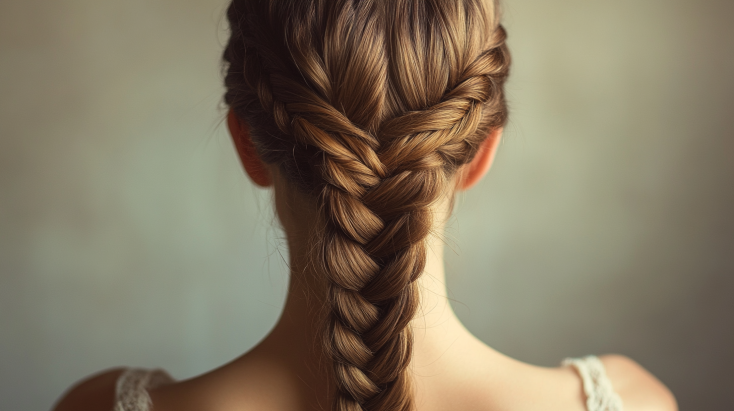
The French braid is a timeless style that works well with layered hair. Start at the crown and incorporate sections as you braid down. Use bobby pins to secure any stray layers.
The Fishtail Braid
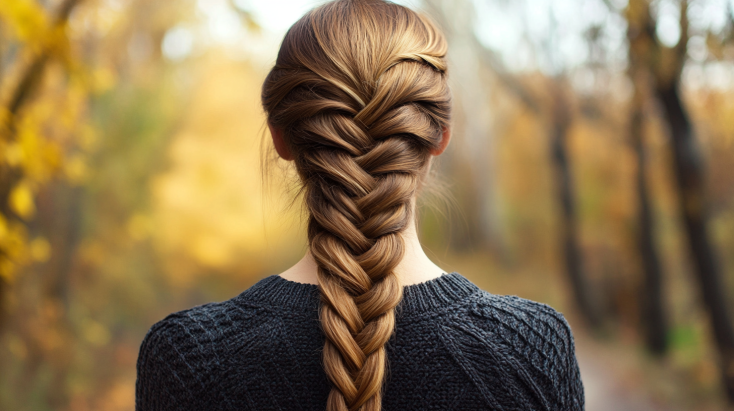
The fishtail braid is intricate yet surprisingly easy. Divide your hair into two sections. Take a small piece from the outside of one section and cross it over to the other. Repeat until you reach the end, then secure with an elastic.
The Dutch Braid
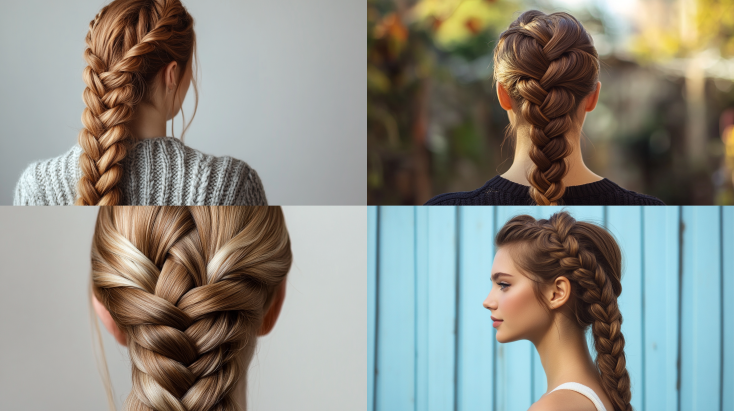
The Dutch braid is essentially an inside-out French braid. It sits on top of your hair, making it a great option for showcasing layers. Braid tightly and use bobby pins as needed to manage layers.
Maintaining Your Braids
Once your braid is complete, a light spritz of hairspray can help keep it in place. Avoid touching or adjusting the braid throughout the day to prevent frizz and maintain its structure.
Troubleshooting Common Issues
Stray Hairs and Flyaways
Stray hairs are common with layered hair. Keep bobby pins handy and use them to tuck in any rogue strands.
Uneven Sections
If your sections are uneven, the braid may look lopsided. Take your time when sectioning and use a mirror to check your work.
Loose Braids
If your braid feels loose, try starting over with a tighter grip. Practice will improve your technique over time.
Personal Stories from My Styling Experience
I’ve styled countless clients with layered hair, and braiding is often a go-to. One of my clients, Sarah, had medium-length layered hair that she wanted to braid for her wedding. By using texturizing spray and securing stray ends with bobby pins, we achieved a flawless look that lasted all day.
Another client, Emily, struggled with keeping her layers in place during workouts. We opted for a Dutch braid, which held her hair securely and kept it out of her face.
Conclusion
Braiding layered hair may seem daunting, but with the right techniques and a bit of practice, you can achieve beautiful, lasting styles. Remember, preparation is key. Use the right tools, section carefully, and don’t be afraid to use bobby pins to manage stray ends.
Ready to elevate your braiding game? Follow us for more secret tips and become a pro at styling your hair.
If you are confuse weather to keep your hair black or brown you might like black hair vs brown hair
FAQs
Q1: Can I braid short layered hair?
A1: Absolutely! Opt for smaller, tighter braids and use bobby pins to manage stray ends.
Q2: How do I add volume to my braid?
A2: Gently tug at the edges of your braid to pancake it, adding volume and fullness.
Q3: What products help with braiding layered hair?
A3: Texturizing spray, dry shampoo, and bobby pins are essential for managing layers and keeping the braid intact.
Q4: How can I prevent my braid from getting frizzy?
A4: Use a light spritz of hairspray to hold the braid in place and avoid touching it throughout the day.
Q5: Can I braid wet hair?
A5: It’s best to braid dry hair to prevent breakage and ensure a secure, lasting style.












